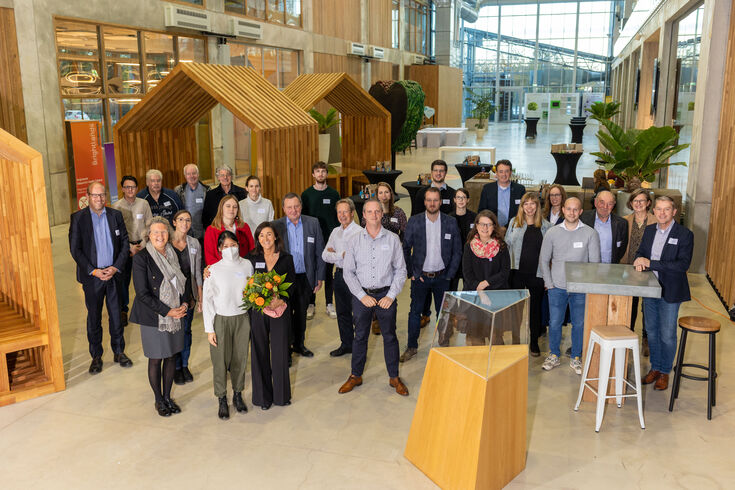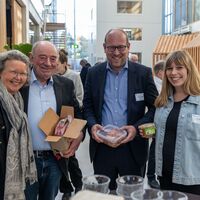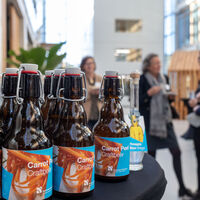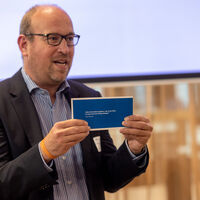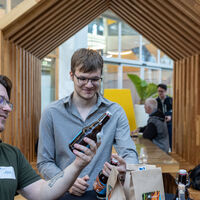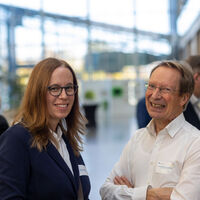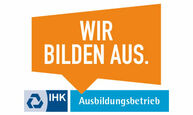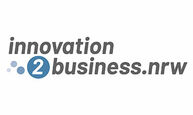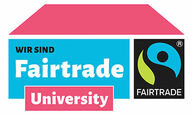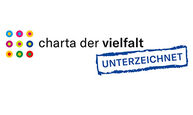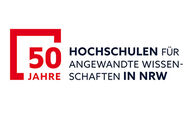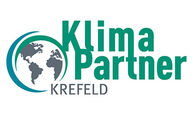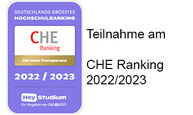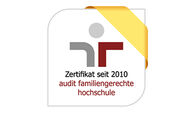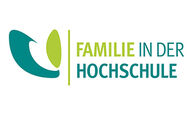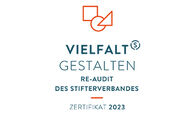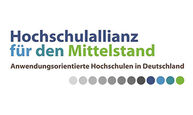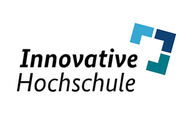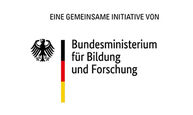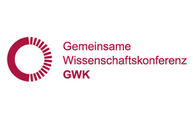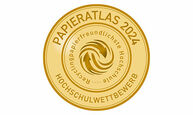Craft beer or noodles made from carrot peels, low-calorie chips made from sweet potato scraps and spreads made from tomato caps: The Hochschule Niederrhein and other project partners have succeeded, among other things, in turning food scraps into healthy food on plates, in bags or in cans.
For more than two years, a German-Dutch research team analyzed, tested, tinkered and developed for the project "Sun" (sustainable and natural sidestreams). What otherwise could not be recycled and would have been disposed of during the sorting, peeling or packaging of fruit and vegetables resulted in completely new products. In addition, substances were isolated from residual materials in order to use them in existing formulations. Analytics, drying technology and product development went hand in hand.
The project was sponsored with around 1.69 million euros. The Hochschule Niederrhein, Maastricht University and German and Dutch companies joined forces for this project. The participants now celebrated the degree of the project, which was supported by the cross-border INTERREG program.
In this constellation, the university took over the project coordination: it acted as an interface between teaching education, research and business, submitted the funding application, administered the funding and took over the public relations work. Of the 1.69 million euros, 780,000 euros went to the university.
Because the project kicked off during the Corona pandemic and research on site was hardly possible in 2020, the funding period was extended from the original two to three years. In general, the virus posed major challenges for all involved. Corona particularly affected companies in the food processing industry, which led to existential fears in many places. Nevertheless, the participating partners went along with the project and contributed their ideas and skills.
One of the greatest successes or milestones of the collaboration is the isolation of bioactive substances that serve as natural, functional food additives, for example. "We were able to select the green dye from plants and looked at how it could be made color-stable," says project manager Andrea Finken. Extracts from green cabbage scraps, cucumber peels and kohlrabi leaves proved to be particularly suitable.
Master's students and researchers from the Faculty of Food and Nutrition Sciences were involved in the research and development.
"Integrating issues from the INTERREG project into the student assignments was an excellent and highly illustrative way for our students to experience and test out what applied research means and can achieve," says Prof. Dr. Georg Wittich, food chemist, project participant and Dean of the Faculty of Food and Nutrition Sciences.
In addition to new products such as mayonnaises and pastes, which could be made ready for the market in the next step away from the project, there are other achievements. According to Finken, the drying and filtration processes have been partially redeveloped and optimized. The University of Maastricht has legally examined which food residues can be processed and are safe for consumers.
And the collaboration had another nice outcome, Finken sums up: "Despite Corona, we managed to overcome the borders between Germany and the Netherlands."
The cooperation partners were able to exchange the great know-how in their respective subject areas and thus learn a lot from each other. That is why the work is not to end abruptly with the end of the funding period. The project participants want to continue on common paths in the future. "There are already talks about follow-up projects with universities and companies," reveals project manager Finken.


